The New Rainbow Flag
My Helpful Suggestion
Trigger warning: I had to post the new rainbow flag and and several paintings by Jackson Pollock. It’s hard, my friends, but we must be strong.
Links in bold.
Yesterday I had an errand in the Columbia University area. The main campus is between 115th and 116th streets, on the east side. I walked across the street and scouted the proceedings. I forgot my cell phone, so no pictures but so what, you can look on the internet. Here’s a description in a note:
The above is a background to this:
Earlier today Libs of Tiktok posted something on Twitter about the new rainbow flag—AGAIN WARNING, THIS IS HIDEOUS AND OFFENSIVELY STUPID—:
Normally I pay zero attention to trivia like this — who cares about the latest iteration of nonsense? — but in this case two things immediately came to mind: a documentary, Who The #$&% Is Jackson Pollock? and a book, What Good Are The Arts?
Here are some of Pollock’s greatest masterpieces:
Full Fathom Five (unfathomably hideous)
Which stands in stark contrast to another masterwork, Number 17A:
Autumn Rhythm: 1
And who cannot see the beauty of an ethereal lavender mist in the appropriately named Lavender Mist?
Enough. I think you can tell I’m not a fan.
In What Good Are The Arts? one of Britain’s top literary critics, John Carey, “Debunks claims that the arts make us better people or that judgments about art are anything more than personal opinion.”
[About that “art lifts the soul” thing. Nah. It just makes you feel better and only while you’re looking at it or listening to it. While I’m listening to Beethoven I get a glimpse of the ineffable divine. Then the music stops and I go back to being myself. I’m not going to bother you with stories about Nazis who loved Beethoven, oh, I just did. Stalin had great taste in music, so I’ve heard. (I’m not joking—he did.)]
Yeah, I know, this is called “an appeal to authority” but I’m too tired to do anything more than say, “read the whole thing.”
I totally agree with Carey. Aesthetic judgements are subjective (although he does favor literature, which is another story for another day). If you think Pollock was a great painter, he was a great painter. If you think elephant dung or jizz or dried puke is art, it’s art. I do not. Neither of us is right. Neither is wrong.
I think Pollock was only a painter in the mechanical sense that he applied paint to canvases, but his products weren’t art, they were card design. Bad card design.
But that’s me. If you like your Pollock you like your Pollock because, as Carey wrote, art is 100% subjective (and it doesn’t make you a better person).
Some of my favorite people love Mark Rothko—that’s OK! I have a cousin who told me that she could sit in front of a Rothko and meditate. I see nothing but interesting color studies. Not as offensive as Pollock but no big deal. They entrance her. The matter rests there.
Except that it doesn’t. My not merely disliking Pollock, my dismissal of Pollock as an artist will paint me in the eyes of many a boor, a Philistine, and a bad person. I might even vote Republican sometimes. Guess what? I do.
But I really don’t think I’m a boor or a Philistine. I just don’t like Pollock. I think his prominence is a matter of marketing, money, and snobbery. His furious disruptive energy might well have said something about post-World War Two America, but… so what? I think it was a very narrow, deskilled, and ugly vision. And I resent being judged for it. Mildly. I’m not going to base an identity on resentment, as many outside the left do, but I will notate it.2
It’s been a while since I read the book so I don’t remember whether Carey goes into how subjective opinions are formed—a lot of one’s opinions are related to status and wanting to be a part of a crowd, which is where the saga of Teri Horton comes in. Please read the links for the full story, I won’t recount the details here.
Teri’s adventures in the art world are documented in Who The #$&% Is Jackson Pollock? and in these articles:
Teri’s obituary: Costa Mesa woman known for her fight to authenticate a possible Jackson Pollock painting dies without selling it
Was it real?
Harry Moses, who made the documentary, says “yes.”
You be the judge. I personally am conflicted. I’d love to believe that it’s a real Pollock but if you read all of the articles, especially The New Yorker one… it might not be so. I was a believer until this: “a leading forensic scientist in the art world who teaches at the F.B.I. Academy, in Quantico, Virginia, and who has done research in the Pollock studio [said that] he had spent hours combing the floor [of Pollock’s studio] and had not found any acrylic.”
There’s no evidence that the chronically insolvent Pollock practiced or did rough drafts in acrylics. He was an oil painter. For him to switch to acrylics just once and do a huge canvas would be very strange. There’s also the question of using a commercially prepared, sized canvas. He was the original rough-hewn “I do it myself” artist. He didn’t work that way.
Whatever the case, Teri was nuts not to sell it for $9 million. I don’t know whether she was just greedy or crazy (I suspect a bit of both) but I hope that her heirs can get a fair price for the piece, which, in my opinion, was worth the $5 she paid for it.
And even if the piece wasn’t authentic, I think this is very much a case of art world snobbery against a white, working class woman. Everything about Teri reeked of the wrong kind of person. She wasn’t given a fair hearing—she was dismissed. She introduced an element of discord into their world and so had to be suppressed and cast out. Which is ironic because Pollock’s oeuvre is all about discord.
This is why I think any Pollock painting, but especially this painting, is the perfect Rainbow Flag. It doesn’t matter whether it’s a fake because the real articles are fakes. It’s not simply that Pollock’s output was aesthetically hideous and that his admirers are cult members. All true but here’s the nut:
The Rainbow flag is ugly and utterly meaningless in its total self-referential, self-reverential solipsism.
Ladies and gentlemen, here is your Rainbow Flag:
Addendum #1
The Australian artist Rover Thompson (whose work I do like, although I don’t like most so-called “dot paintings”) said, on seeing a Rothko: “That bugger paints like me!” and further noted that Rothko didn’t know how to use black (no link, from memory). When I read what Thomas said about Rothko and black I got a chill. Rothko started using black when he spiraled into a terrible depression and eventually killed himself. Thompson saw something in that black. Wow.
Addendum #2
I will sell this painting, which I’ve entitled Pear With Buttocks, for $10 million. Serious inquiries only.3
OK, there an autumnal vibe in this, but give me any of these over Pollock any day.
As for another less prominent but favored “artist,” Forrest Bess, I think his paintings were ghastly, the product of a diseased mind, and he was nuts.
If this didn’t make you laugh, please unfollow me. The pear really looked like that.

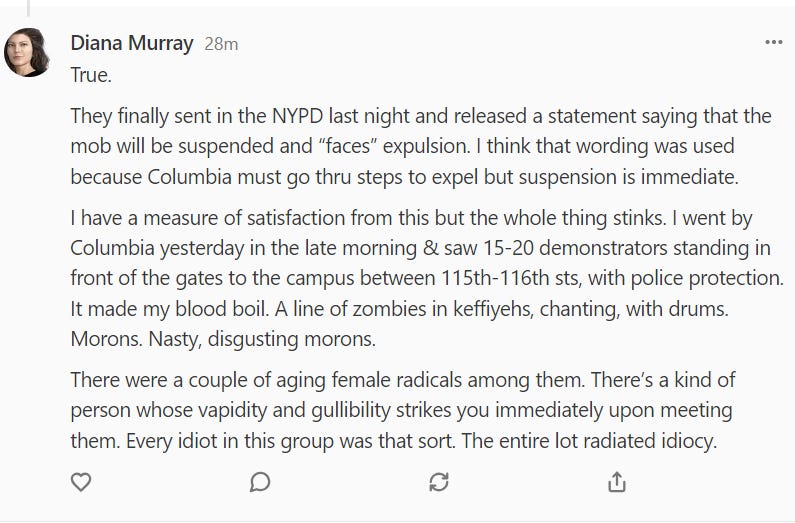

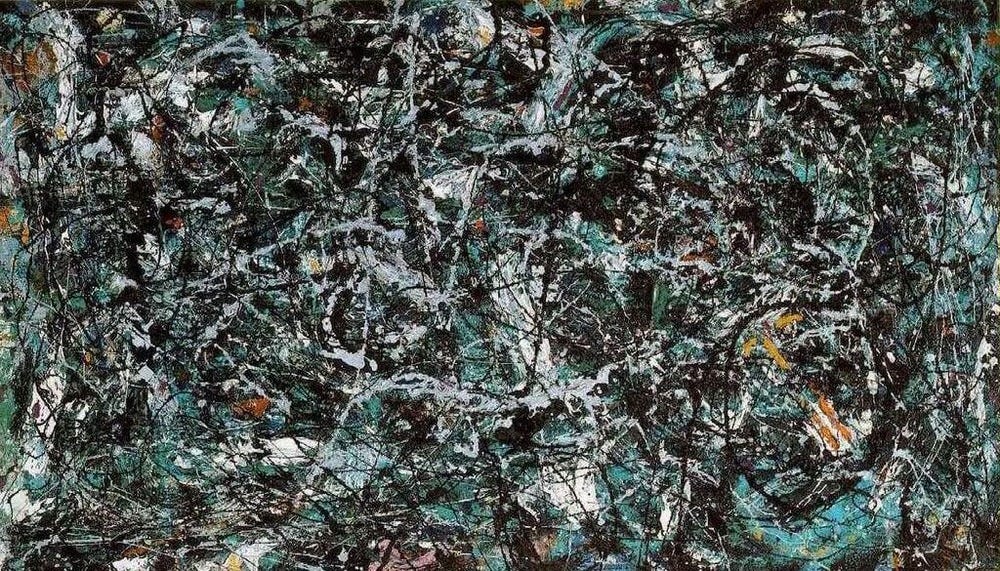
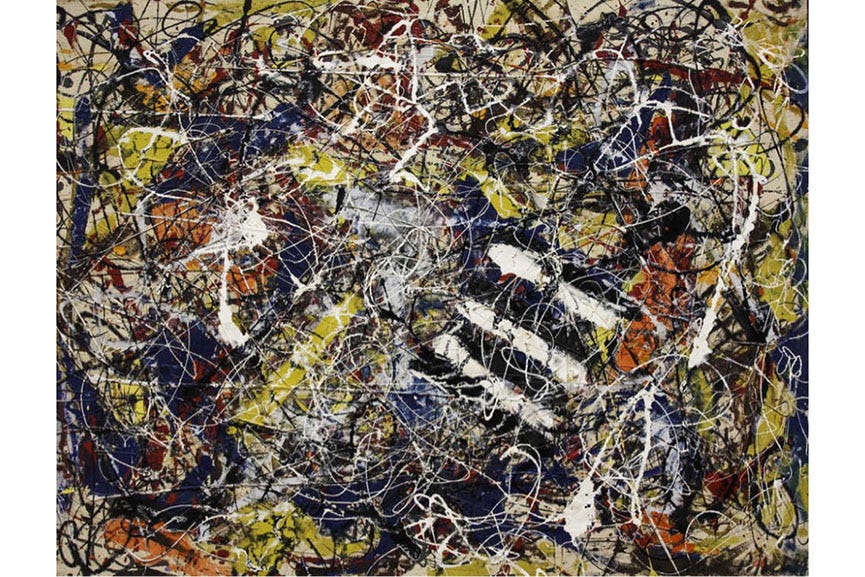
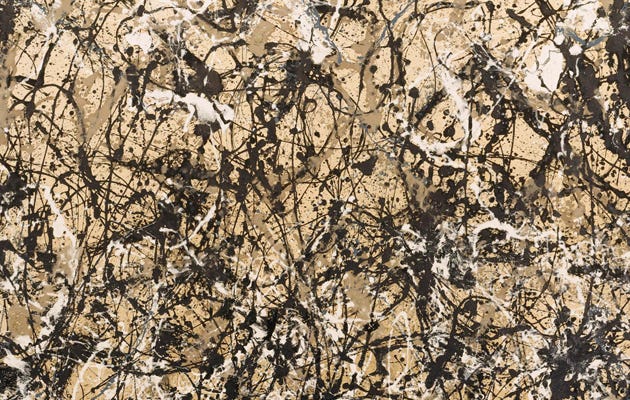
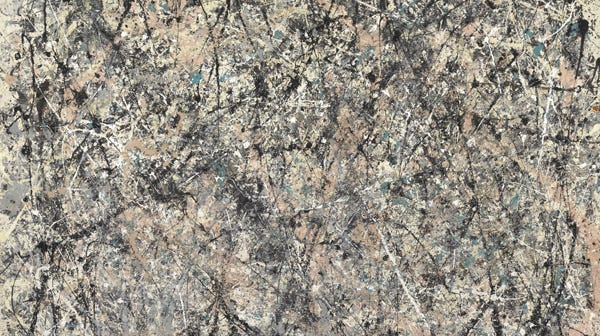
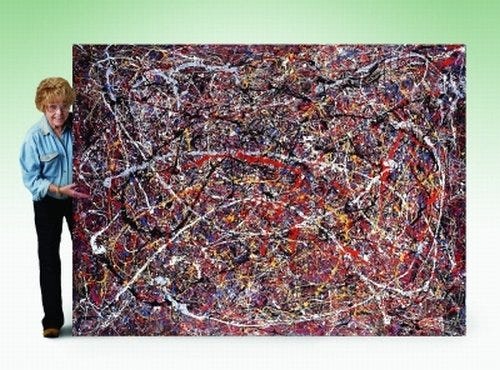
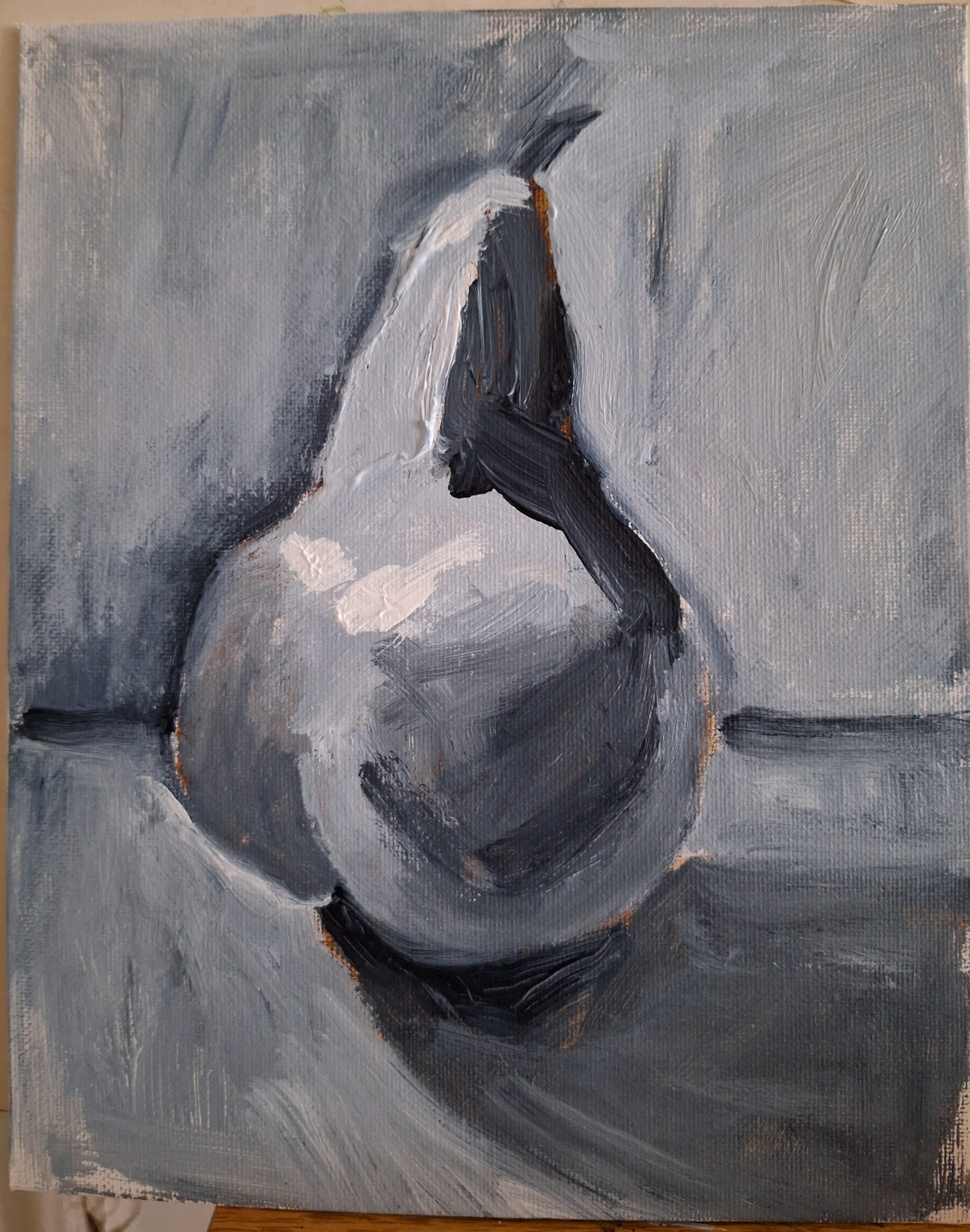
I followed you, subscribed, and pledged, because as an amateur vexillologist who has also written about the LGBLT flag—or whatever they’re calling that rag at the moment—I could do no other. kudos.
https://unwokeindianaag.substack.com/p/move-over-old-glory
Thank God for Thomas Kinkade eh? Little known fact, he married Margaret Keane and they worked for Hanna-Barbara as background cel artists.